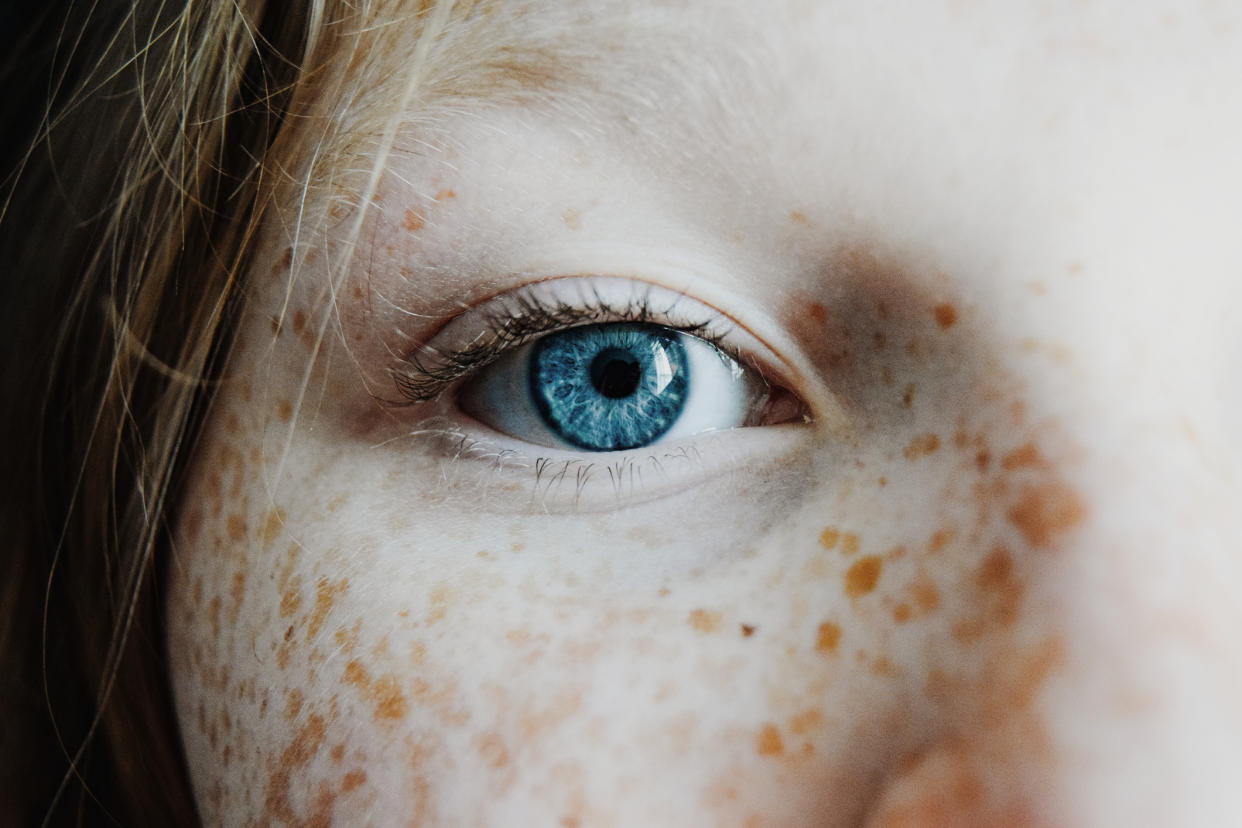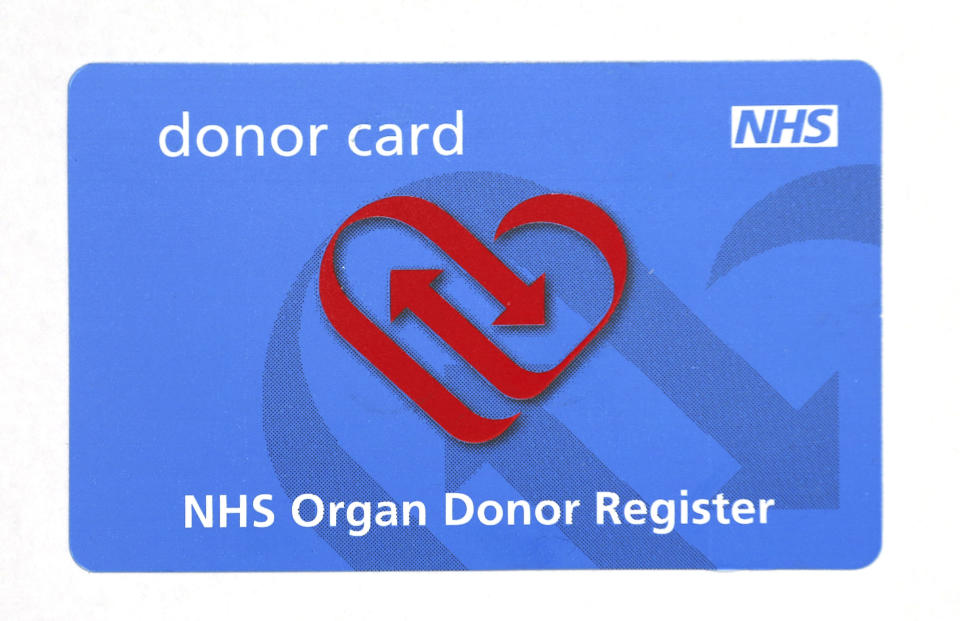1 in 10 shying away from donating their eyes because of the 'yuck factor'

When it comes to organ donation, while many people are happy to give up their heart, liver and kidneys, one in 10 opt out of donating their eyes.
Data from NHS Blood and Transplant (NHSBT) show that 10.6% of people on the organ donor register choose not to donate their eyes.
On top of this, donors’ relatives also sometimes refuse consent for the donation of their loved ones’ eyes.
According to experts, it could be down to the “yuck factor” relating to eye donation, or also the old adage of “eyes being the window to the soul”.

Emma Winstanley, lead nurse for NHSBT’s Tissue and Eye Services, told the Press Association: “It is a phenomenon which we call the ‘yuck factor’ – some people are squeamish about eyes.
“So what we find is some people are willing to donate organs and other tissues like heart valve, bone and tendons, but sometimes when you ask a family member about eyes they can say ‘You can have anything you want, but not the eyes’.
MORE: US Coast Guard suspends search for missing cruise ship worker Arron Hough
MORE: ‘Shocking’ figures reveal more than half a million potholes reported to councils last year, says RAC
She said: “It’s within our culture about eyes being the ‘windows to the soul’ but actually, when you really think about it, you could be saving somebody’s sight or be giving them the gift of sight.
“That kind of counteracts that feeling.”
Donating one’s eyes can help “transform” the lives of people in need of sight-saving operations, she said, with one donor helping to restore or improve the sight of up to 10 people.
But the eye is never transplanted whole but the cornea – the clear tissue on the front of the eye that help the eye to focus light – is one part that can be donated.
The sclera, the white part of the eye, can also be donated for reconstruction surgery, and other tissue is used for research and development.
But despite the need, figures show that NHS eye banks are running short of what is needed.
NHSBT needs around 350 corneas in its eye banks – which are in Manchester and Bristol – to meet patient need.
But from the start of 2018 until November 23, the average number of corneas in the eye banks at any given time was 307.
NHS Blood and Transplant needs 90 donations a week to meet the demand for sight-saving transplants.
People can donate their corneas up to 24 hours after they die and, unlike organ donation, it is not necessary for them to die in a hospital intensive care unit or A&E department to become a donor.
Donation can take place after death in hospital, in hospices or in funeral home.
A wider pool of people can also be eye donors, including most cancer patients and people who have eye problems themselves such as the short-sighted.
Donors can also be almost any age, with an upper limit of about 85 in Britain, which is around the time the cell count drops on the corneas.

 Yahoo News
Yahoo News 

